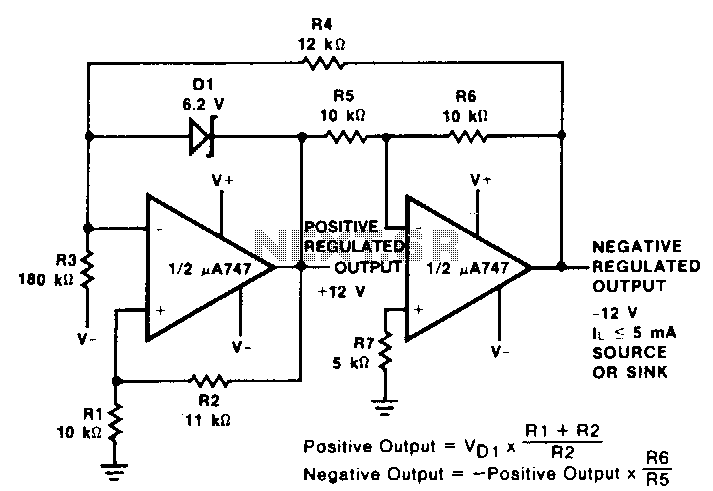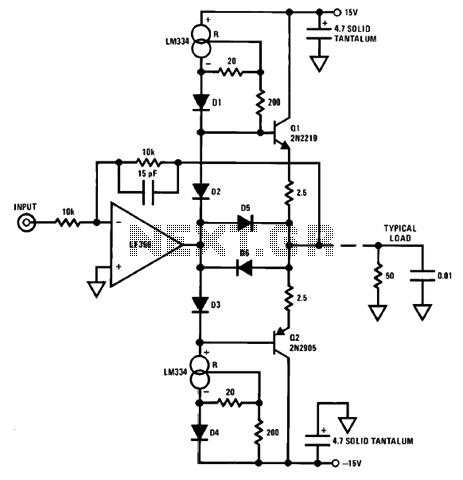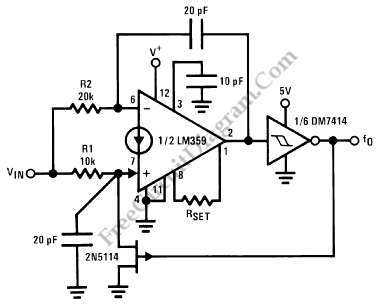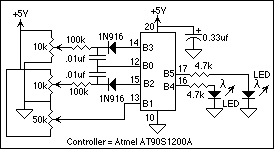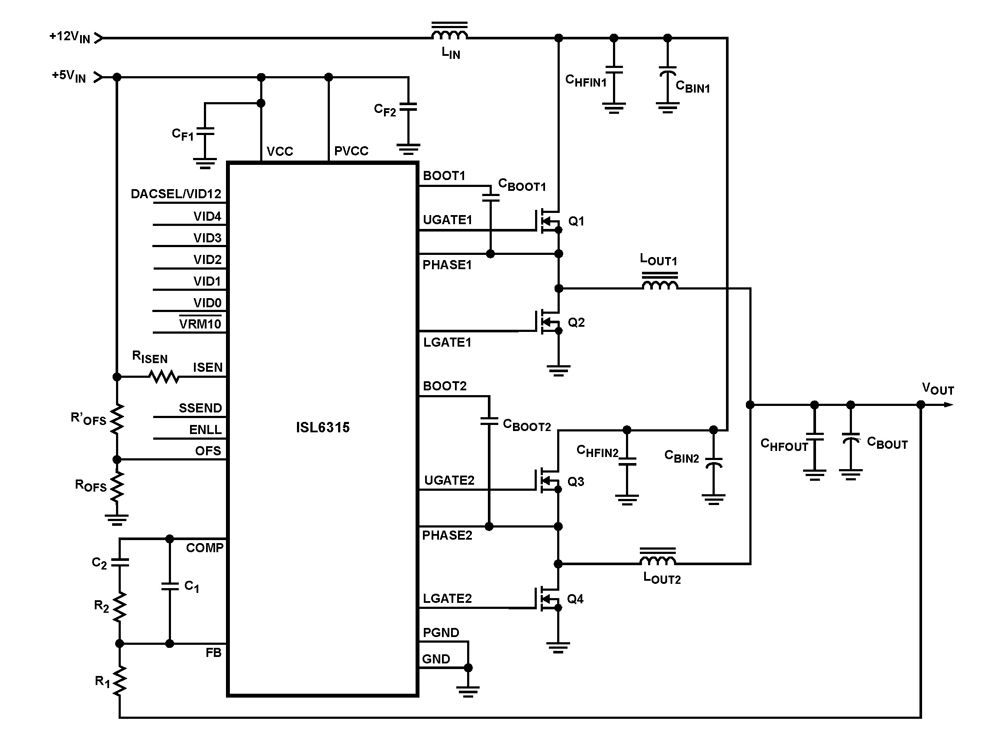
laser tag game multi player
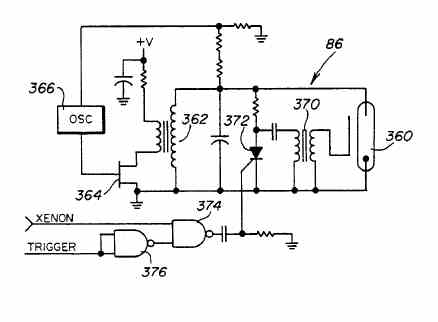
This system incorporates a processor that may have been a microcontroller, but it lacked substantial memory. Therefore, a clear improvement to this system would be to implement the internal RAM and ROM of a modern microcontroller. There are numerous circuit elements available, such as a Xenon strobe light driver. Flowcharts are also included that illustrate the precise sequence of events necessary to create a personalized version of the system. Notably, the method for detecting the gun "shot" using infrared technology switches the roles of transmitter and receiver to achieve enhanced accuracy and design simplicity. This represents a pivotal design decision showcasing an innovative approach to problem-solving. Many childhood games involve some form of battle, whether between "good guys" and "bad guys," cowboys and Indians, or cops and robbers, with a recurring "shooter" and "target" theme. The variations of shooting-themed games are abundant, influenced by the players' age and the sophistication of the available equipment. Guns can range from imaginary to realistic models of actual firearms. As children mature, the complexity of the game rules and equipment also increases. With advancements in electronics, traditional cowboy and Indian shooting games have evolved into sophisticated audiovisual experiences featuring battles against alien invaders. These battles occur on a cathode ray tube display, where the player utilizes a joystick or push-button to "combat" the enemy. However, while audiovisual games have gained popularity, they have diminished individual player interaction and physical engagement in battle scenarios. Players' abilities to devise strategies, leverage terrain, and execute tactical maneuvers have largely been transferred to the game’s computer rather than remaining with the player. Despite the appeal of sophisticated audiovisual games, many children of all ages still enjoy games that allow them to shoot at moving targets and become targets themselves. Such games foster significant interaction between players; however, determining whether a player has successfully hit a target is often subjective. Consequently, it becomes challenging to ascertain when a player has "won" the game and by what margin they have outperformed the "enemy." Unlike audiovisual games that automatically track scores for shooting aliens controlled by a computer, traditional shooting games lack a similar scoring system for hitting targets like robbers. This has created a demand for a shooting game that merges the sophistication of audiovisual experiences with the simplicity of classic childhood "good guys" and "bad guys" games. This game must provide feedback to players regarding whether they have been hit and must also maintain a score tally to inform each player of their shooting success. Additionally, the game should incorporate interactive elements in the playing field, such as obstacles that players must navigate while pursuing their "enemy" and aiming to increase their score. The current design presents an amusement game that combines the nostalgic enjoyment of a "cops and robbers" shooting game with the advanced features of audiovisual gaming. The design supports multiple players on a battlefield where each participant shoots at others while attempting to avoid being shot. Each player is equipped with a generator that transmits a uniquely coded signal for identification, as well as a receiver to capture the signals sent by other players. Each participant is also provided with game equipment that responds to these signals.
This schematic design integrates various electronic components to create an interactive shooting game experience. The heart of the system is a modern microcontroller, which manages the game logic, processes input from players, and controls the output signals. The microcontroller's internal RAM and ROM are utilized to store game states, player scores, and other essential data, enhancing the overall performance and functionality.
The transmitter and receiver modules are critical for player interaction. Each player is equipped with a transmitter that emits a coded infrared signal when they "shoot" at another player. This signal uniquely identifies the shooter, allowing the system to track actions and provide real-time feedback. The receiver, located on each player's equipment, captures incoming signals, enabling the game to determine if a player has been hit based on the received codes.
The inclusion of a Xenon strobe light driver serves as a visual feedback mechanism, providing players with immediate confirmation of their actions. When a player is hit, the strobe light activates, signaling the event and enhancing the game's immersive experience.
Flowcharts detailing the game sequence guide the operation of the system, outlining the steps from player initialization to gameplay mechanics and scoring. These charts ensure clarity in the game flow, allowing for a seamless user experience.
In summary, the electronic schematic for this amusement game combines modern microcontroller technology with innovative signal processing and user interaction components, creating an engaging and competitive environment for players. The design emphasizes both technological sophistication and the nostalgic elements of classic shooting games, meeting the needs and preferences of players across various age groups.This system includes a processor which may have been a microcontroller but it did not have alarge memory and so an obvious improvment to this system is to use the internal RAM and ROM in a modern microcontroller. Note There are lots of circuit elements here that you can use such as a Xenon strobe light driver. Flowcharts are also included that sho w the exact sequemce of events to follow to create your own version of the system. Particularly interesting is the method for detecting the gun "shot" (infrared) which switches around transmitter and receiver to acheive a far greater accuracy and simplicity in design. This is key design decision showing an innovative approach to solving the problem. One of the earliest childhood played games involves some type of battle. Whether it be "good guys" against "bad guys", cowboys and indians or cops and robbers, a "shooter" and "target" theme prevails in these basic games.
The variations on the shooting-type theme games are numerous, and are based upon the age level of the children involved as well as the sophistication of the equipment available for playing of the game. Guns may be anything from imaginary to realistic looking models of actual firearms. As children grow older, so does the sophistication of the game rules and game equipment. With the technological advances in the electronics field, cowboy and indian shooting games have evolved into sophisticated audio visual games involving battles between planet inhabitants and alien invaders.
A battle with the aliens is carried out on a cathode ray tube display in which the sole player controls a joystick or push-button in order to "fight" the enemy. With the advances in audio visual games, the one-on-one individual player interaction and much of the independence of player involvement and physical movement in fighting a battle has been lost.
The player`s ability to plot strategies, utilize the terrain to his best advantage and carry out tactical strategies in a battle have mostly been delegated to the computer of the audio visual game and not the player. Although the sophistication of an audio visual game has appealed to many, there are still children of all ages that enjoy a game in which they can shoot at a moving target as well as becoming a target themselves.
Such games involve much interaction between the players; however, it is rather subjective as to whether a player has actually shot a target. It is therefore difficult to know when a player has actually "won" the game and if so, by how much he has beaten the "enemy".
Unlike the scoring of an audio visual game, points are not automatically accumulated for shooting robbers as they are for shooting aliens under computer control. A need has thus arisen for a shooting type game involving the sophistication of an audio visual game yet the simplicity of a childhood "good guys" and "bad guys" game.
Such a game must provide feedback to each of the players as to whether they have been shot and must also compile a score informing each player of the number of targets he has shot. Such a game must also provide for interaction with the playing field in the form of obstacles which must be negotiated by the players in their pursuit of the "enemy" and their score.
In accordance with the present design, an amusement game is provided which combines the childhood enjoyment of a "cops and robbers" shooting game with the sophistication of an audio visual game. In accordance with the present design, an amusement shooting game is provided for play by a plurality of players on a battlefield wherein each player shoots at other players and tries to avoid being shot.
Associated with each player is a generator for transmitting a coded signal uniquely identifying each player. Also associated with each player is a receiver for receiving transmitted coded signals being transmitted by the players.
Each player also has game equipment which is responsiv 🔗 External reference
This schematic design integrates various electronic components to create an interactive shooting game experience. The heart of the system is a modern microcontroller, which manages the game logic, processes input from players, and controls the output signals. The microcontroller's internal RAM and ROM are utilized to store game states, player scores, and other essential data, enhancing the overall performance and functionality.
The transmitter and receiver modules are critical for player interaction. Each player is equipped with a transmitter that emits a coded infrared signal when they "shoot" at another player. This signal uniquely identifies the shooter, allowing the system to track actions and provide real-time feedback. The receiver, located on each player's equipment, captures incoming signals, enabling the game to determine if a player has been hit based on the received codes.
The inclusion of a Xenon strobe light driver serves as a visual feedback mechanism, providing players with immediate confirmation of their actions. When a player is hit, the strobe light activates, signaling the event and enhancing the game's immersive experience.
Flowcharts detailing the game sequence guide the operation of the system, outlining the steps from player initialization to gameplay mechanics and scoring. These charts ensure clarity in the game flow, allowing for a seamless user experience.
In summary, the electronic schematic for this amusement game combines modern microcontroller technology with innovative signal processing and user interaction components, creating an engaging and competitive environment for players. The design emphasizes both technological sophistication and the nostalgic elements of classic shooting games, meeting the needs and preferences of players across various age groups.This system includes a processor which may have been a microcontroller but it did not have alarge memory and so an obvious improvment to this system is to use the internal RAM and ROM in a modern microcontroller. Note There are lots of circuit elements here that you can use such as a Xenon strobe light driver. Flowcharts are also included that sho w the exact sequemce of events to follow to create your own version of the system. Particularly interesting is the method for detecting the gun "shot" (infrared) which switches around transmitter and receiver to acheive a far greater accuracy and simplicity in design. This is key design decision showing an innovative approach to solving the problem. One of the earliest childhood played games involves some type of battle. Whether it be "good guys" against "bad guys", cowboys and indians or cops and robbers, a "shooter" and "target" theme prevails in these basic games.
The variations on the shooting-type theme games are numerous, and are based upon the age level of the children involved as well as the sophistication of the equipment available for playing of the game. Guns may be anything from imaginary to realistic looking models of actual firearms. As children grow older, so does the sophistication of the game rules and game equipment. With the technological advances in the electronics field, cowboy and indian shooting games have evolved into sophisticated audio visual games involving battles between planet inhabitants and alien invaders.
A battle with the aliens is carried out on a cathode ray tube display in which the sole player controls a joystick or push-button in order to "fight" the enemy. With the advances in audio visual games, the one-on-one individual player interaction and much of the independence of player involvement and physical movement in fighting a battle has been lost.
The player`s ability to plot strategies, utilize the terrain to his best advantage and carry out tactical strategies in a battle have mostly been delegated to the computer of the audio visual game and not the player. Although the sophistication of an audio visual game has appealed to many, there are still children of all ages that enjoy a game in which they can shoot at a moving target as well as becoming a target themselves.
Such games involve much interaction between the players; however, it is rather subjective as to whether a player has actually shot a target. It is therefore difficult to know when a player has actually "won" the game and if so, by how much he has beaten the "enemy".
Unlike the scoring of an audio visual game, points are not automatically accumulated for shooting robbers as they are for shooting aliens under computer control. A need has thus arisen for a shooting type game involving the sophistication of an audio visual game yet the simplicity of a childhood "good guys" and "bad guys" game.
Such a game must provide feedback to each of the players as to whether they have been shot and must also compile a score informing each player of the number of targets he has shot. Such a game must also provide for interaction with the playing field in the form of obstacles which must be negotiated by the players in their pursuit of the "enemy" and their score.
In accordance with the present design, an amusement game is provided which combines the childhood enjoyment of a "cops and robbers" shooting game with the sophistication of an audio visual game. In accordance with the present design, an amusement shooting game is provided for play by a plurality of players on a battlefield wherein each player shoots at other players and tries to avoid being shot.
Associated with each player is a generator for transmitting a coded signal uniquely identifying each player. Also associated with each player is a receiver for receiving transmitted coded signals being transmitted by the players.
Each player also has game equipment which is responsiv 🔗 External reference
